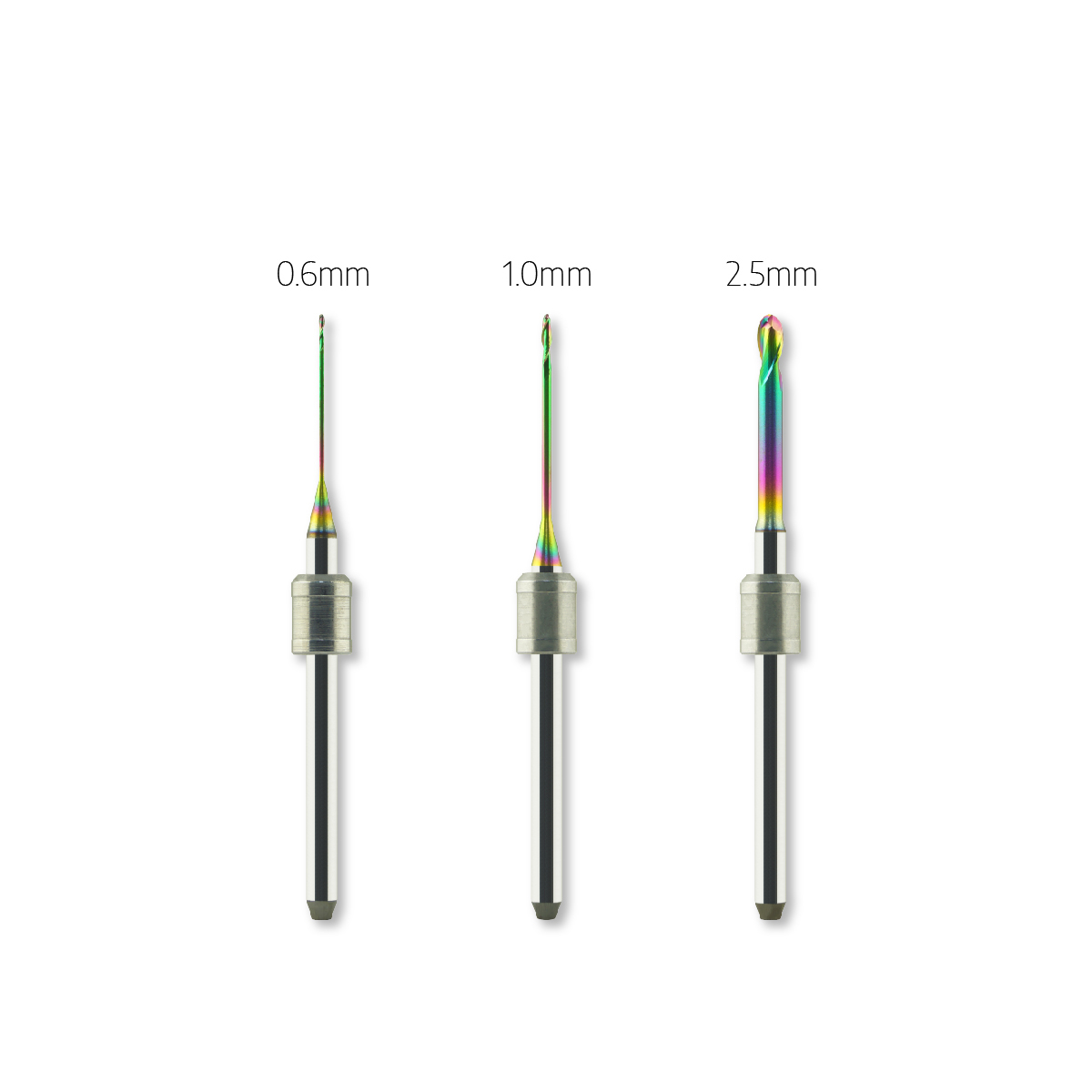
When it comes to dental milling burs, understanding the key differences between various types is crucial for achieving optimal results in dental prosthetics. Each type of bur is designed for specific materials and purposes, making it essential to choose the right one for the job.
Material Composition
Dental milling burs can be made from a variety of materials, including carbide, diamond, and zirconia. Carbide burs are known for their durability and are suitable for milling a wide range of materials. Diamond burs, on the other hand, are ideal for milling hard materials like zirconia and glass ceramics. Zirconia burs are specifically designed for milling zirconia restorations, offering precision and efficiency.
Cutting Edge Design
The cutting edge design of a dental milling bur plays a significant role in its performance. Single-flute burs are known for their efficiency in removing material quickly, making them ideal for roughing operations. Multi-flute burs, on the other hand, provide a smoother finish and are suitable for finishing and detail work. Understanding the cutting edge design of each bur type is essential for achieving the desired results.
Coating Options
Some dental milling burs come with specialized coatings that enhance their performance and longevity. Titanium nitride (TiN) coatings reduce friction and heat generation during milling, prolonging the life of the bur. Diamond-like carbon (DLC) coatings provide increased hardness and wear resistance, making them ideal for milling hard materials. Choosing the right coating option can significantly impact the efficiency and quality of the milling process.
Shank Size and Compatibility
Another important factor to consider when choosing a dental milling bur is the shank size and compatibility with your milling machine. Burs come in various shank sizes, so it is essential to ensure that the bur you choose is compatible with your machine. Using the correct shank size will help prevent slippage and ensure precise milling results.
By understanding the key differences between various dental milling burs, dental professionals can make informed decisions when selecting the right tool for their specific needs. Whether it's material composition, cutting edge design, coating options, or shank size, each factor plays a crucial role in the overall performance and quality of dental prosthetics.